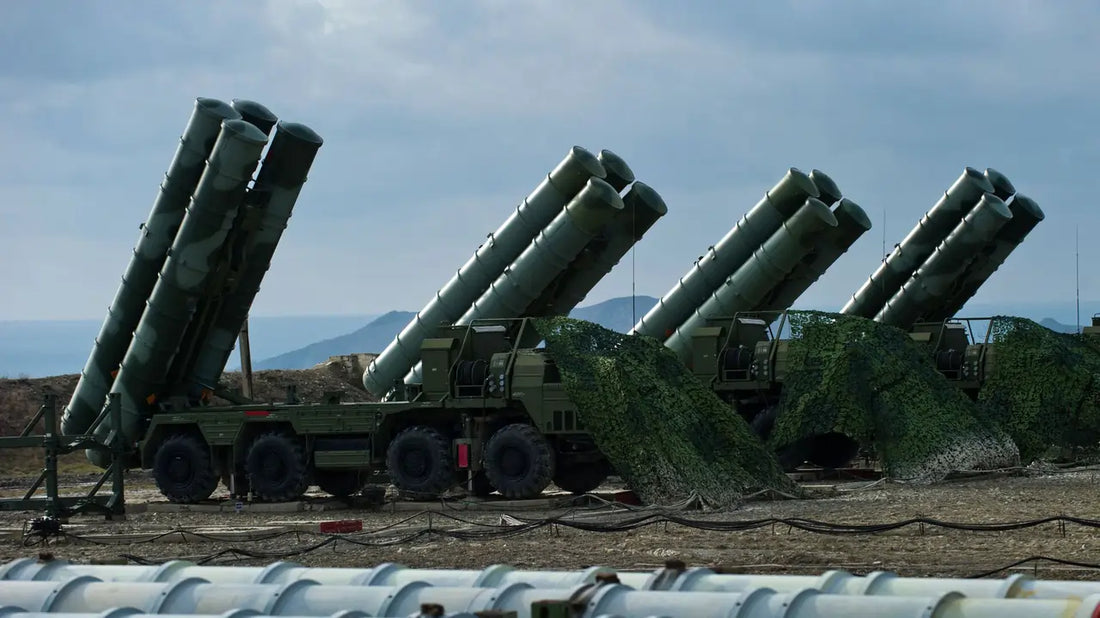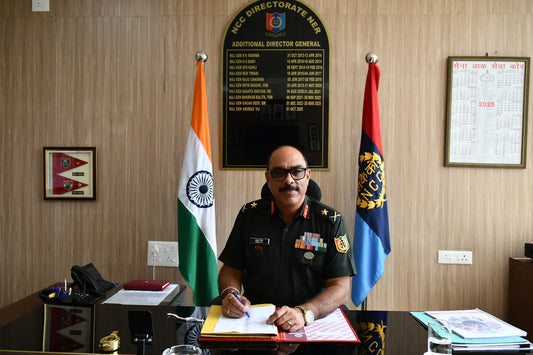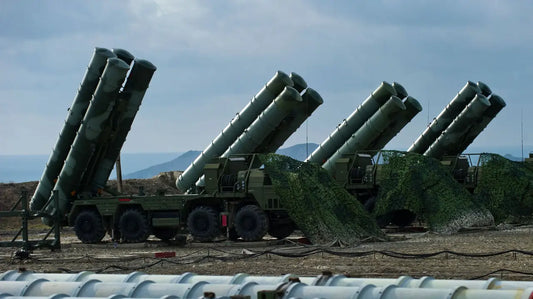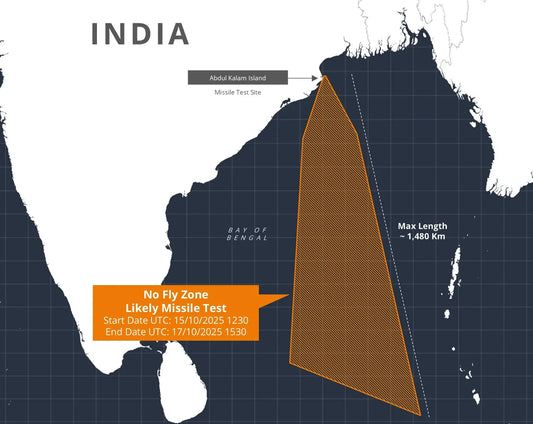India and Russia Discuss Acquisition of Additional S-400 Air Defence Systems

India is currently in negotiations with Russia to procure five additional S-400 Triumf air defence systems. This move aims to strengthen India's long-range defence along its extensive coastline and address vulnerabilities in the Northern Command's air defence framework. Senior officials from India's Defence Ministry are set to meet with their Russian counterparts this week to finalize the agreement, which could be approved before Russian President Vladimir Putin's visit to India on December 5 for the annual summit with Prime Minister Narendra Modi.
As part of the 2018 agreement valued at $5.43 billion, two out of the five S-400 systems are anticipated to be delivered by the end of 2026. Under the new discussions, India might purchase three of the systems directly, while the other two could be assembled domestically through technology transfer agreements involving private sector partnerships. The deal will also incorporate maintenance, repair, and overhaul (MRO) facilities with Indian companies.
The operational capabilities of the S-400 system were demonstrated during Operation Sindoor in May 2025. After multiple Pakistani attempts to target Indian air bases at Adampur and Bhuj, the S-400's performance compelled Pakistan to relocate its air assets beyond a 300 km range from the Indian border, effectively preventing significant attacks. The system successfully intercepted a Pakistani ELINT aircraft at 314 km and shot down several F-16 and JF-17 fighter jets, showcasing its effectiveness as a deterrent against aerial threats.
In addition to the S-400 acquisition, India is considering purchasing the RVV-BD air-to-air missile from Russia, which boasts a range exceeding 200 km. This acquisition aims to augment the lethality of the Su-30MKI fleet, countering Pakistan's use of the Chinese-made PL-15 missile. This integration would necessitate upgrades to the Su-30MKI radar systems to accommodate the advanced missile capabilities.
While deliberations continue regarding the potential acquisition of the Su-57 fifth-generation fighter and the US F-35, no definitive decision on procurement has been made. Analysts observe that India's emphasis on enhancing its air defence and strike capabilities is informed by recent conflicts and underscores ongoing efforts to bolster deterrence against regional threats.
“The S-400 not only validated its strike capability but also proved to be a major strategic deterrent, preventing hostile air operations and enhancing India’s aerial defence posture,” defence sources said.
The planned acquisition of additional S-400 systems, along with missile and fighter upgrades, is anticipated to strengthen India's layered air defence network and reinforce its credible deterrent stance in the region.



















